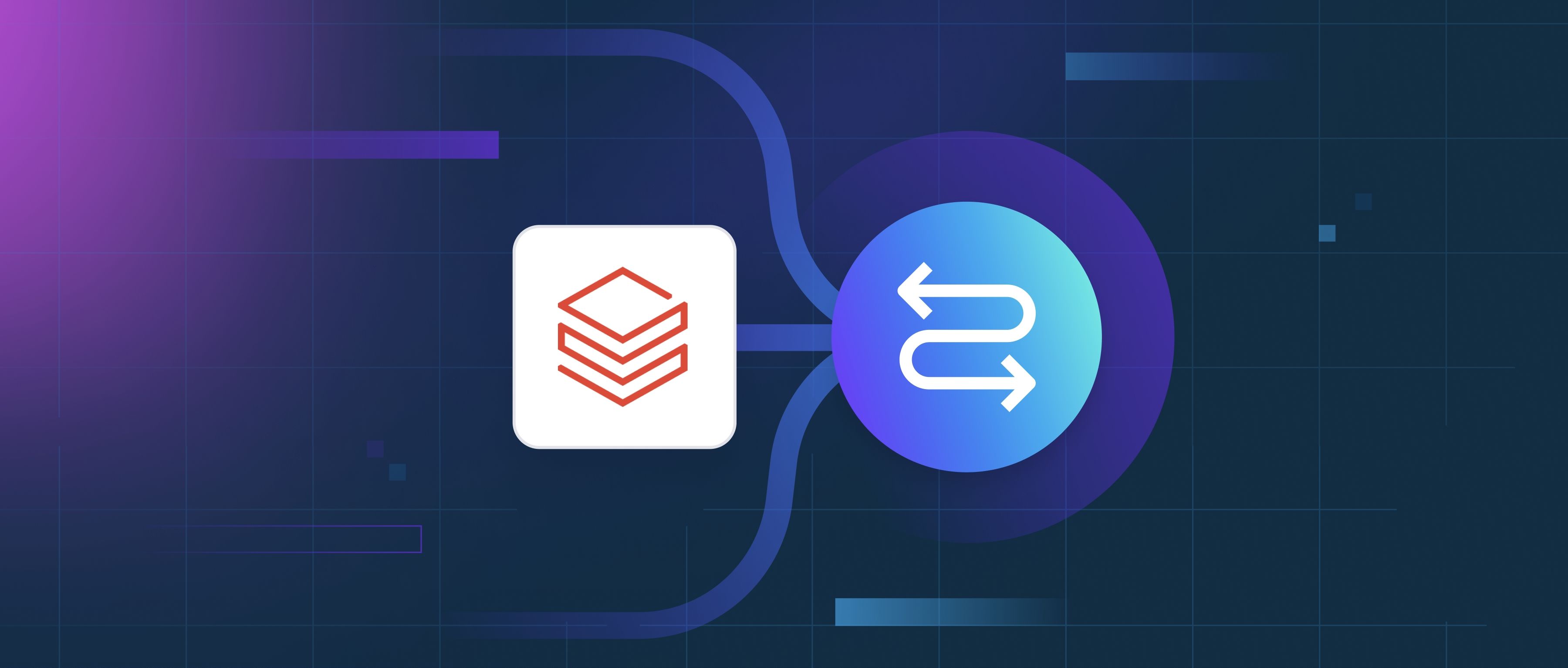DeepSeek's R1 model offers several deployment options suitable for various use cases, making it flexible for developers and technical professionals. The primary options include cloud-based deployment, edge deployment, and on-premises deployment. Each option caters to different scenarios, depending on factors like performance requirements, data privacy, and resource availability.
In a cloud-based deployment, the R1 model runs on remote servers managed by a cloud service provider. This option is ideal for applications that require high scalability, as cloud infrastructure can easily handle more requests and scale resources as needed. Developers can access the model via APIs, allowing them to integrate it into applications without worrying about hardware limitations. For instance, if you’re building an application that handles a large volume of user queries, cloud deployment can provide the necessary computational power without requiring hardware purchases.
Edge deployment is another option where the model is deployed on local devices or gateways closer to where the data is generated. This setup is useful for scenarios requiring low-latency responses, such as real-time data analysis in IoT devices. For example, an R1 model deployed on a smart camera can process video data locally to detect events instantly without sending all data to the cloud. On-premises deployment caters to organizations with strict data privacy regulations or those that prefer to keep sensitive information within their own infrastructure. In this case, organizations can maintain control over the model and its data by running it on their own servers. Each deployment option offers unique advantages, allowing developers to choose the best fit for their specific needs.
